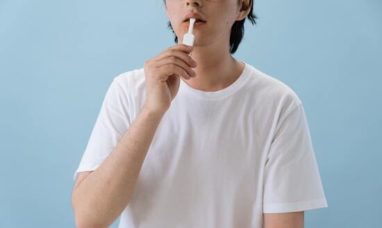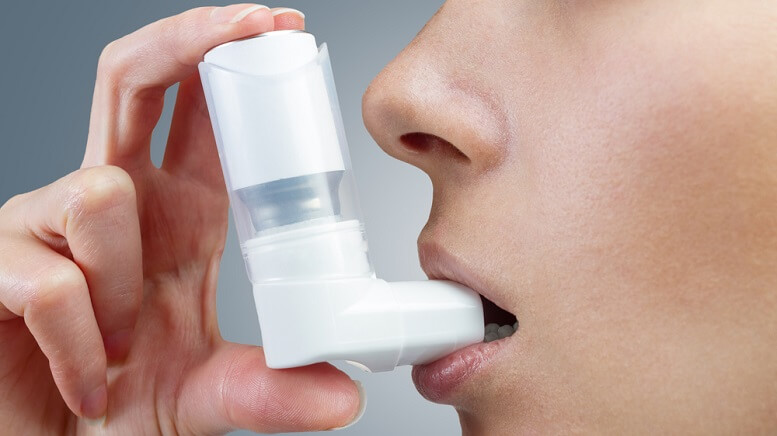For most people that experience the occasional or mild dry eyes symptoms, it’s enough to use over-the-counter eye drops (artificial tears) regularly. If your symptoms are persistent and you develop chronic dry eyes, you have several other options to help.
What you do to treat dry eyes depends on what’s causing them in the first place. Some chronic dry eyes treatments focus on reversing or managing a condition or factor that’s causing your dry eyes. Other medications can improve your tear quality or stop your tears from quickly draining away from your eyes.
Chronic Dry Eyes Symptoms
Some chronic dry eyes symptoms include:
- Sensitivity to light
- Eye redness
- Stringy mucus in or around your eyes
- Difficulty wearing contact lenses
- A burning, scratchy, or stinging sensation in your eyes
- Problem with nighttime driving
- A feeling of having something stuck in your eyes
- Watery eyes
- Blurred vision
- Eye fatigue
Medications
Prescription medications used as chronic dry eyes treatments include:
- Drugs to reduce eyelid inflammation. Inflammation on the edge of your eyelids can prevent oil glands from secreting oil into your tears. Your physician may recommend antibiotics to reduce inflammation. Antibiotics for dry eyes are usually taken orally, though some come in the form of eye drops or ointments.
- Eyedrops to control cornea inflammation. Inflammation on the cornea (surface of your eyes) can be controlled with prescription eye drops that contain the immune-suppressing drug cyclosporine (Restasis) or corticosteroids. Corticosteroids, however, are not ideal for long-term use due to their possible side effects.
- Eye inserts that work like artificial tears. If you have moderate to severe dry eyes symptoms and artificial tears don’t help, another option may be a tiny eye insert that resembles a clear grain of rice. You put the hydroxypropyl cellulose (Lacrisert) insert between your eyeball and lower eyelid once a day. The insert dissolves slowly, releasing a substance that is used in eye drops to lubricate your eye.
- Tear-stimulating drugs. Cholinergic drugs such as pilocarpine, cevimeline help increase tear production and are available as gel, pills, or eye drops. Possible side effects include sweating.
- Eye drops made from your blood. Theseeye drops are called autologous blood serum drops and may be an option if you have severe dry eyes symptoms that don’t respond to any other treatment. To make these, a sample of your blood is processed to remove the red blood cells and then mixed with a salt solution.
Home remedies for chronic dry eyes
You may be able to manage your dry eyes with frequent eyelid washing. Over-the-counter (OTC) eye drops or other products that help lubricate your eyes can also help. If your condition is chronic, use eye drops even when your eyes feel fine to keep them well-lubricated.
Featured Image: Depositphotos © ia_64









